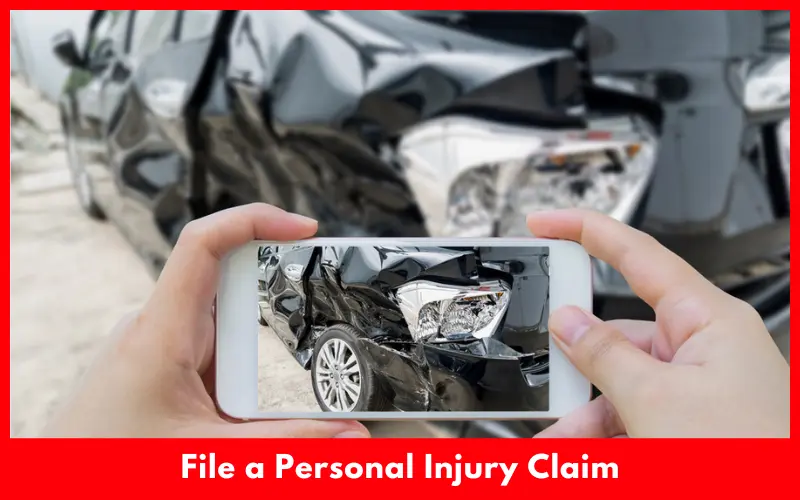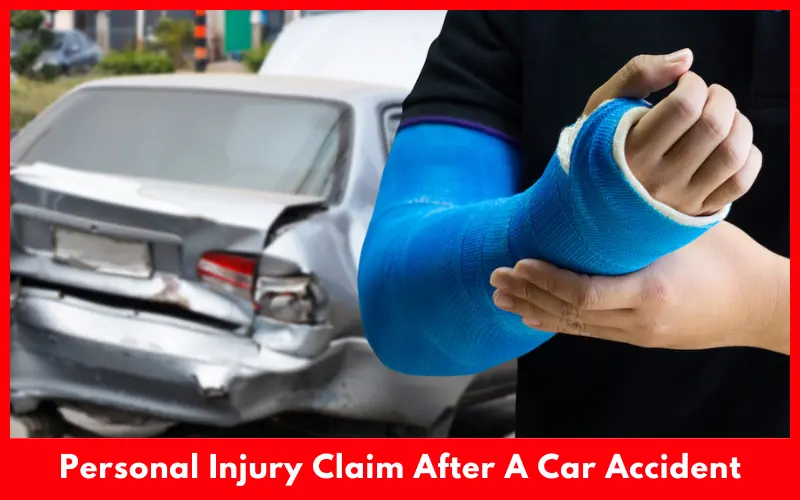When you have a car accident while driving a car, you might end up injured or hospitalized, with bills to pay, and with physical and psychological obstacles to overcome. The aftermath of chaos and confusion might mean that you do not know what your legal entitlements are.
If you have been in a car accident and sustained injuries, it is important that you know your rights and options. This will make the personal injury claim process go more smoothly. This article discusses what you should know about personal injury claims in Australia, such as what it means, how it works, what you have to establish, what the procedure is, some considerations you may have, and the things you need to do.
Article Summary
Understanding Personal Injury Claims
A claim for personal injury is a lawsuit that one person gets to bring against another to seek compensation for his or her injury, whether physical or psychological, arising out of the defendant’s negligence or otherwise unacceptable behavior. In the context of car crashes, personal injury claims may be brought against another motorist whose negligence caused injury to that driver, a passenger, a pedestrian, or a cyclist.
Key Elements of a Personal Injury Claim:
Negligence: The plaintiff is required to show that the defendant owed a duty of care to the plaintiff; that the defendant breached that duty; that the breach was caused by the defendant’s negligence; and that the negligence was unreasonable under the circumstances; and that, as a result of the breach, the plaintiff suffered injuries.
Damages: the plaintiff has to prove they were actually ‘damaged’: by paying medical bills, taking time off work, having their bike repaired, suffering pain, etc.
Steps Involved in a Personal Injury Claim After a Car Accident
1. Seek Medical Attention
First, though, let’s say one of the most important things after you are in a car crash is to take care of yourself. Sometimes you might not appear as badly injured as you are. Whiplash or internal injury types of injuries might not develop symptoms right away and actually get worse days or weeks later. Second, medical treatment for a car crash injury proves that you are injured to initiate your claim.
2. Document the Accident Scene
The more evidence you can gather at the scene of the wreck, the better your personal injury claim will be. Take photos of the scene of the accident, the other car or cars involved (if you can), your own injuries (if you are mobile and able to), road and weather conditions, any traffic signals mentioned in the police report, and skid marks.
Get contact information for any who will be able to provide affidavits describing how they understand the scene of the wreck to have been and to support your version of events.
3. Report the Car Accident
In most jurisdictions, you are required to file a police report for any car accident, especially if anyone was injured or there was extensive property damage. You can call the police on the spot and have them fill out a report that will have the details of the accident, any citations issued, and statements from the people involved and/or witnesses.
4. Notify Your Insurance Company
Call the insurer immediately. Provide merely the facts and don’t dramatize. Tell your agent what happened and be willing to answer what they ask. Some insurance policies have a clause that if you don’t notify them within (insert some number of days) after the accident happened, then this claiming process would be stopped.
5. Consult with a Personal Injury Lawyer
It’s a daunting task when insurers try not to pay anything at all and legalese makes the text on a police traffic report look like the Oxford English Dictionary.
For anyone without a personal injury lawyer in Seattle, misunderstanding state processes or forgetting residual damages could cost you actual dollars. Consulting with a knowledgeable personal injury lawyer serving the Seattle area is advisable to understand your rights.
Benefits of Hiring a Personal Injury Lawyer:
Case Evaluation: They can give you a realistic idea of what you stand to recover, the merits of your case and possible results.
Negotiation Skills: Lawyers negotiate with insurance companies on your behalf to settle your claim at the appropriate level of monetary damages to cover your medical expenses and lost wages.
Litigation Support: an attorney may also enter an appearance on your behalf in the courtroom to be your voice in the trial This principle works well in various litigation venues.
File a Personal Injury Claim
Once this evidence has been gathered and a lawyer has been consulted, you can prepare your personal injury action against the responsible party’s insurance company. Your action will list the injuries you have sustained, the expenses you have incurred, and the compensation you deserve.

Components of a Personal Injury Claim:
- Your demand letter, or ‘statement of injuries, medical treatment and demand for dollars’.
- Attachments: Literally anything medical (possibly even bills, as well as photos or witness statements) that you have, that you think supports your claim.
Negotiate a Settlement
Indeed, the majority don’t even reach a courtroom, as they’re resolved through mediation – through negotiations between your lawyer and the insurer to settle the case outside the courtroom, paying you what you deserve.
Consider Litigation
However, if the talks prove unfruitful or if the defendant disputes liability, then you or your attorney can file suit against the defendant and you can proceed through the litigation process. The litigation process is formal and involves a court proceeding with the other party, as well as the witnesses, and the parties present evidence and arguments before a judge and/or jury.
Steps in Litigation:
- Discovery: Both parties exchange evidence and information relevant to the case.
- Mediation or Arbitration: Alternative dispute resolution methods may be used to facilitate settlement before trial.
If the case ever comes to trial, your lawyer will move to present your case, to question any witnesses and to make arguments on your behalf, with the hope of persuading the verdict in your favor.
Receive Compensation
If you are right about the cause of what happened, you will be awarded damages to compensate you for your injuries and losses, usually including medical expense, rehabilitation expense, loss of pay, damage to your property, pain and suffering, and other related expenditures.
Conclusion
As the injured party, you can file a personal injury claim in the event that certain criteria are met. If you are in a motor vehicle accident, for example, and suffer injuries because another driver was at fault, a personal injury claim is a legal process that allows you to obtain compensation for the injuries or damages you have suffered at the hands of someone else’s negligence.

